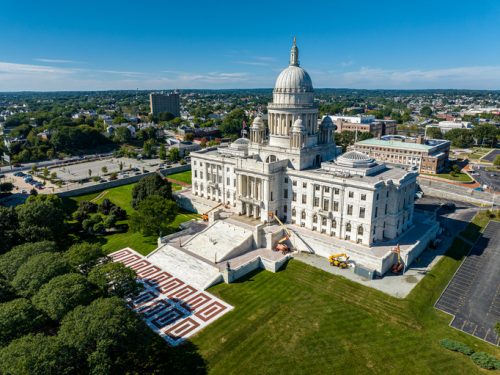
Across the United States, more than 19 million state and local government employees keep our communities running every day. These workers include teachers educating the next generation, firefighters and police officers ensuring public safety, and countless others who maintain the essential services that citizens rely on. For many of these public employees, a secure retirement is possible because they have access to defined benefit pensions.
Public-service careers often come with demanding responsibilities, lower pay than comparable private-sector jobs, and high levels of accountability. Retirement benefits are important to public workers, and pensions are a proven tool to help governments recruit and retain qualified employees by offering long-term financial security in exchange for a career of public service.
Americans consistently express strong support for pensions for public service professionals. NIRS polling shows that the public values providing retirement security to those who educate, protect, and serve our communities. This support is especially strong because public employees themselves contribute from every paycheck into their pensions, demonstrating shared responsibility.
A common misconception is that public pensions are paid primarily with tax dollars. In reality, the vast majority of pension benefits are funded by two sources: employee contributions and investment returns. On average, about 12 percent of pension financing comes directly from employees, 59 percent from long-term investment earnings, and 29 percent from employer (taxpayer) contributions. This structure makes pensions not only secure, but also highly efficient.






